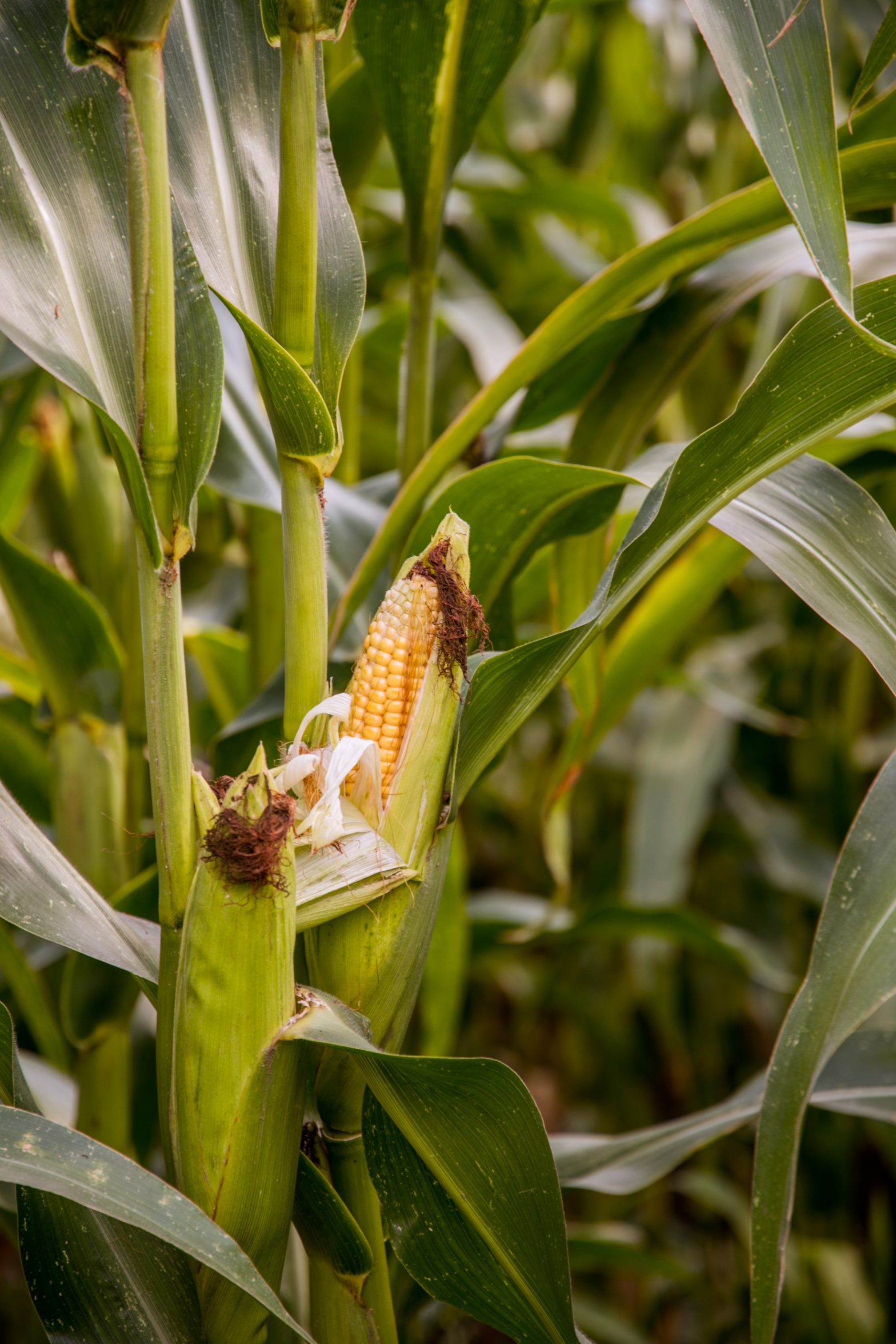Russian wheat exports are maintaining the generally downward trend that’s been in place since September, when they peaked at 129,157 Mt/d. The pace this month is currently 37,787 Mt/d, and down 63% from the same month a year ago. Exports typically reach a bottom in June before rebounding sharply in July, but are also down from June’s 59,259 Mt/d.
Loadings are being hampered by a Russian tax on exports, which started in mid-February, and was made permanent in mid-June. The tax was implemented in order to bring down domestic food prices. Ukraine, Egypt and Turkey discharge the largest quantities of Russian wheat, and could be impacted the most. The three countries receive the most wheat from Russia, followed by Ukraine, Brazil and Argentina. However, loadings from most of those countries are also lower, after experiencing issues with drought.








